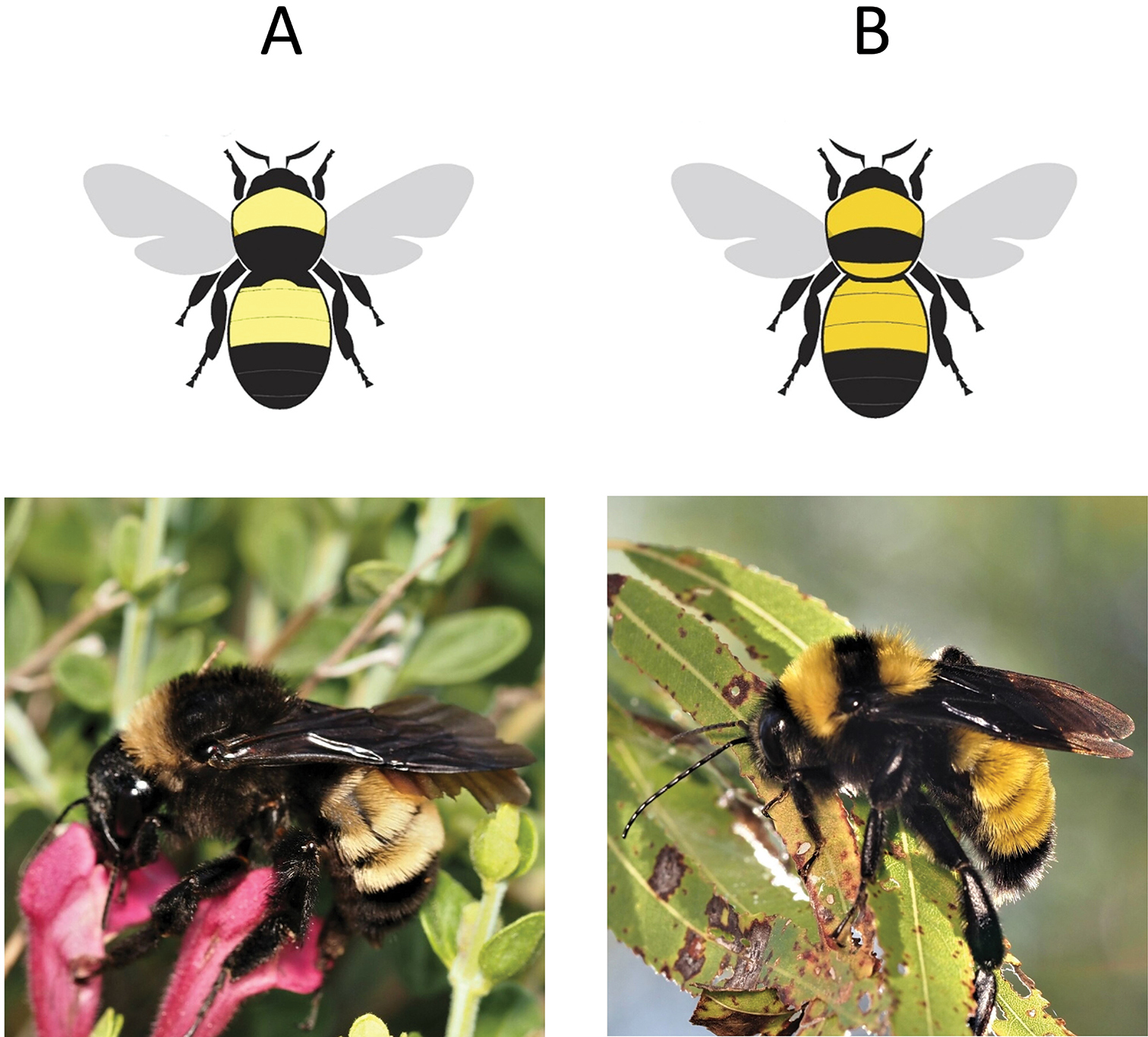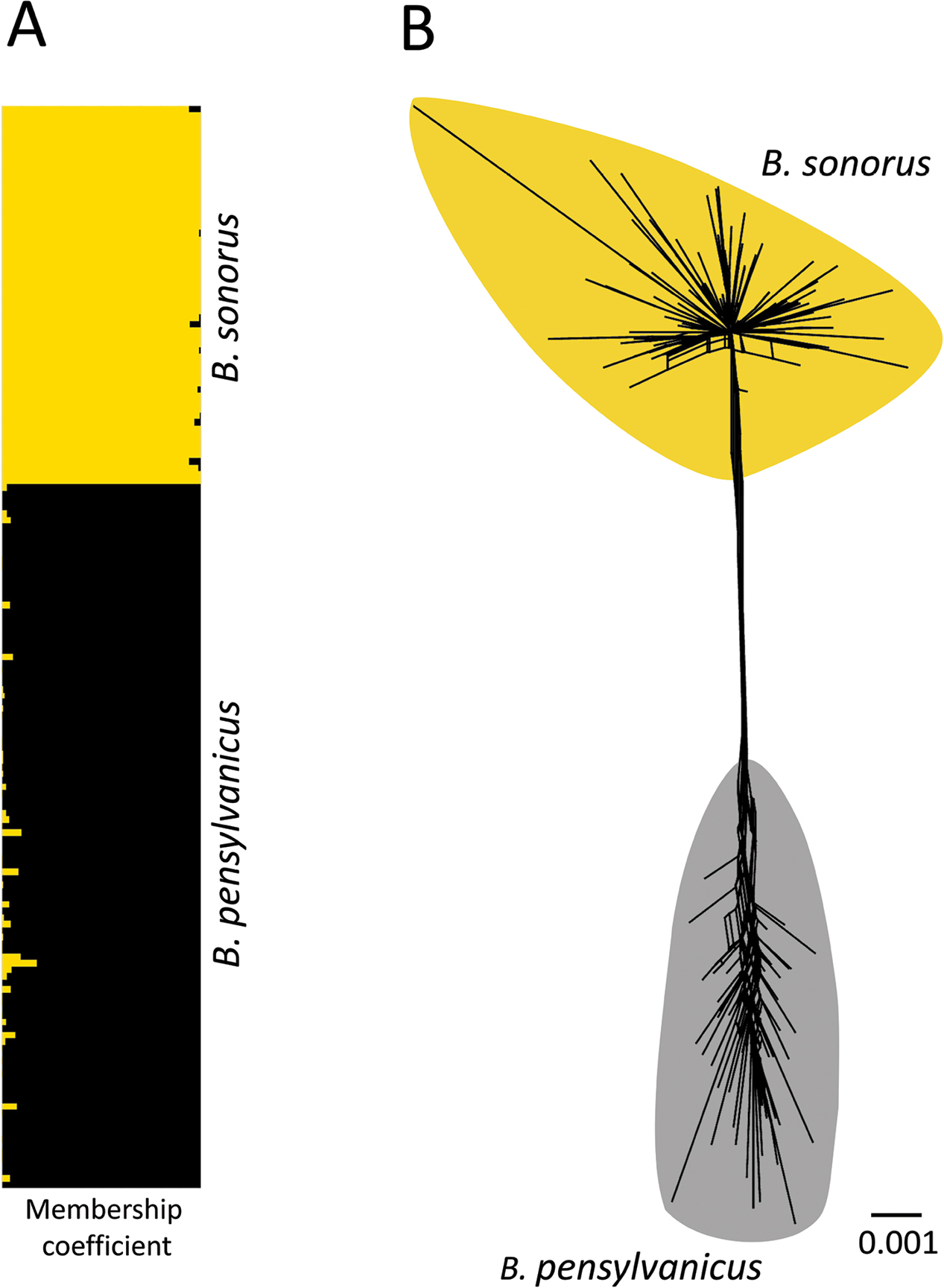Event JSON
{
"id": "19c45a93858fd293a6d70fb5acaf73196dcc42e3800dae3bbad987e4cbae0394",
"pubkey": "941946f3cf93b3a00e4dae63ac443b06142ada17dac564978178ff7246cf83e2",
"created_at": 1729205296,
"kind": 1,
"tags": [
[
"t",
"bombus"
],
[
"t",
"bumblebees"
],
[
"t",
"naturalhistory"
],
[
"imeta",
"url https://ecoevo.social/system/media_attachments/files/113/325/189/746/320/791/original/ecd6265a89028ce1.png",
"m image/png"
],
[
"imeta",
"url https://ecoevo.social/system/media_attachments/files/113/325/191/218/069/966/original/301a26cca16c4ccc.png",
"m image/png"
],
[
"proxy",
"https://ecoevo.social/@rspfau/113325198323212847",
"web"
],
[
"t",
"bees"
],
[
"proxy",
"https://ecoevo.social/users/rspfau/statuses/113325198323212847",
"activitypub"
],
[
"L",
"pink.momostr"
],
[
"l",
"pink.momostr.activitypub:https://ecoevo.social/users/rspfau/statuses/113325198323212847",
"pink.momostr"
],
[
"-"
]
],
"content": "As far back as 1888, people have been skeptical as to whether the bumble bee Bombus sonorus should be recognized as a separate species or a subspecies or variety of Bombus pensylvanicus. We attempt to put that to rest using genetic data of bees from a broad area of sympatry. Spoiler alert...they are genetically distinct and there's no evidence that they're hybridizing.\nhttps://jhr.pensoft.net/article/132937/\n#Bombus #BumbleBees #Bees #NaturalHistory\nhttps://ecoevo.social/system/media_attachments/files/113/325/189/746/320/791/original/ecd6265a89028ce1.png\nhttps://ecoevo.social/system/media_attachments/files/113/325/191/218/069/966/original/301a26cca16c4ccc.png\n",
"sig": "c6e2267fd7cf623bbadb85506a313e8ec4bf31a5bb429a94bf8168369723f43af0d14d4d4756e7e175a297a34a115e92254d7ebead54602e18083ce93e5dbdf4"
}



